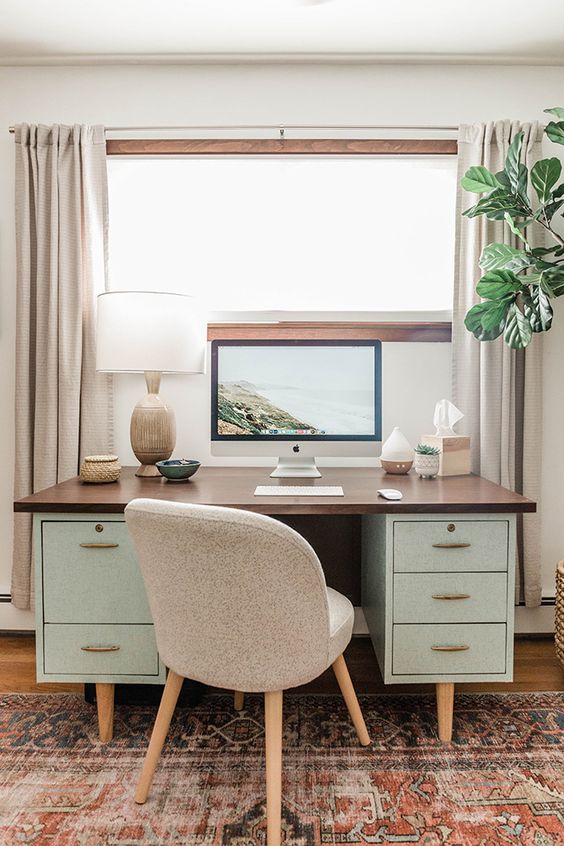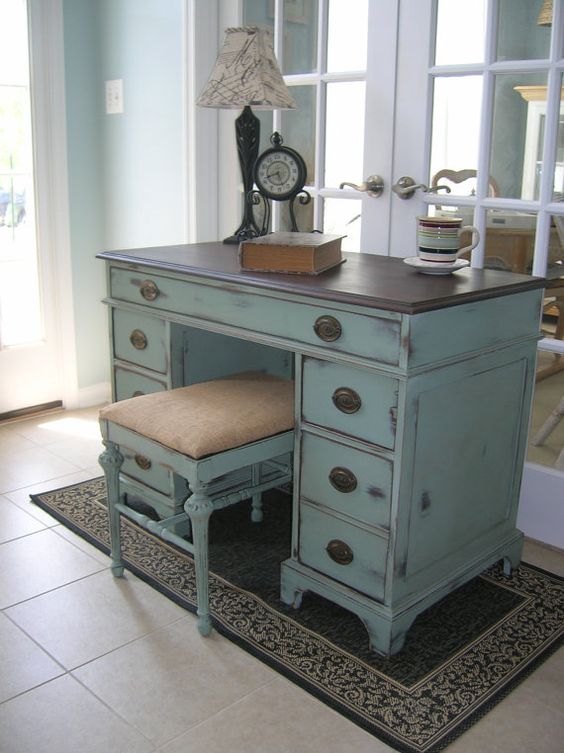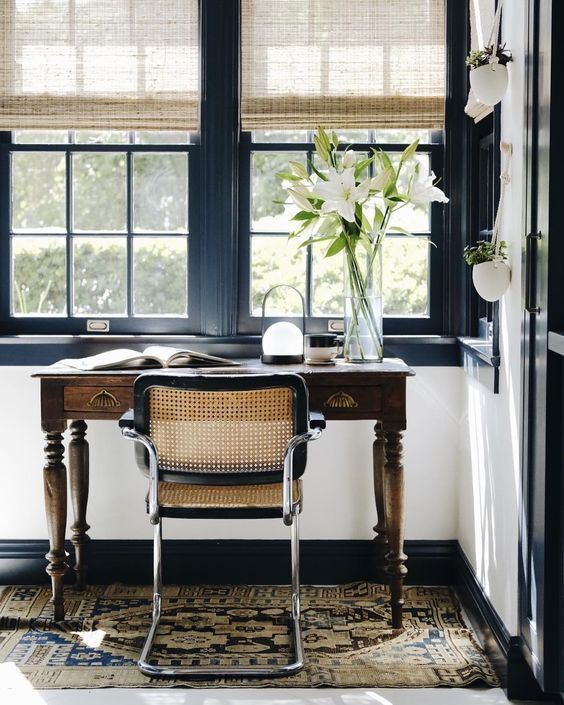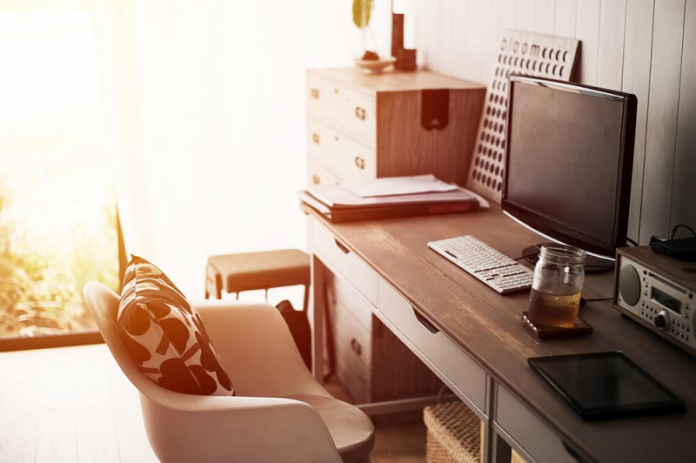Masezza.com – If you are looking for a traditional style desk, you may want to consider a Vintage Desk with Hutch. These pieces have a classic style and will complement most interiors. They offer plenty of storage space, and are usually made of wood. Here are some examples of vintage desks with hutches and the style and material they are made of. You’ll be amazed by the choices you have! This piece of furniture has many wonderful features.
Choosing an Antique Wood Finish
A classic piece, this desk is crafted from teak wood and finished on the sides. It is highly functional and includes a roll-top design that releases smoothly. Whether you choose a vintage wood finish or a contemporary one, this desk is sure to enhance your home office decor. The seller offers to stain or paint the desk for you if you choose. The desk itself is in great condition, so you can choose any color you want. A fully functional oak tambour covers the space under the desk, and its vintage finish makes it a classic piece.
A vintage desk with a hutch is perfect for a retro office. The desk features a wide selection of storage space and also functions as a desk. The colonial-style desk is in excellent condition with minimal surface damage. The antique designer Jon Mortensen, of Danish descent, designed the piece. The hutch was manufactured by Sun Cabinet, Thailand. The sliding tambour is fully functional. It can hold a tower CPU and is available in various colors.

A great place to find vintage desks with hutches is at 1stDibs.com. You can find pieces made from wood, metal, or brass. Most are made from the mid-century modern or Scandinavian modern styles. Some pieces have distinctive styles, such as Mission-style or Baker Furniture Company. Some may even feature carved or painted woodwork. And there are a number of other details you can examine besides the wood type.
Considerations When Installing the Divider
When installing the dividers, make sure to space them evenly around the hutch. Make sure that they’re level, with at least one-and-a-half inches of space between them. Don’t forget to add a pull-out stop to prevent the divider from pulling out all the way. If you want to use your vintage desk with a hutch for storage purposes, you should consider adding some extra drawers.
A traditional desk with a hutch is known as a secretary desk. These desks come with many drawers and a glass top that’s ideal for storing crystal goblets and glasses. They also come with office chairs with soft, padded seats. You can also find vintage desks with hutches online. You’ll be pleasantly surprised at the wide variety of antique pieces available. These pieces are an excellent choice for traditional-style interiors. They feature lots of storage space, including two adjustable shelves and plenty of drawers.

Mid-century modern desks are also a great choice. The sleek curves and inset drawer handles of this desk are reminiscent of the style of the 1960s. The top has been finished in a nice walnut color and new brass knobs have been installed as drawer pulls. The desk was salvaged from a family estate and is in excellent condition. You can also choose a French blue desk that features a peach rose interior. The metallic stencil on the inside adds to the design theme. Finally, a rattan desk is a great vintage find. This desk has minimal breaks in the rattan and is in excellent condition.
Characteristics of Vintage Desk Design
A simple, yet elegant design is the hallmark of a vintage desk with a hutch. You can use it in your living room, bedroom, or even a carriage. The drawers should be functional and the lock should be in place. If you are looking for a small secretary-style roll-top desk with a hutch, it’s likely to be in good condition but may need a little more surface care.

To assemble a Vintage Desk with Hutch, you’ll need to cut boards to fit inside the hutch. You’ll need to measure the width of each side and make sure they are the same size. You’ll need to drill pocket holes in the sides and back of the hutch. You’ll also need to mark the placement of pocket holes on the side boards for the drawer fronts and back.

